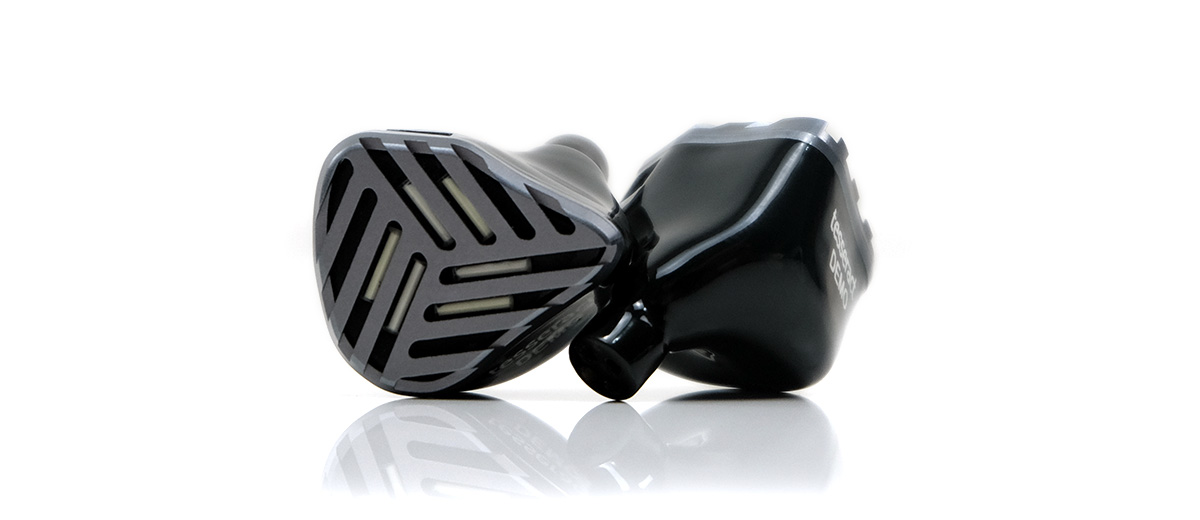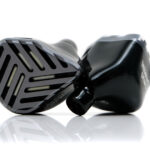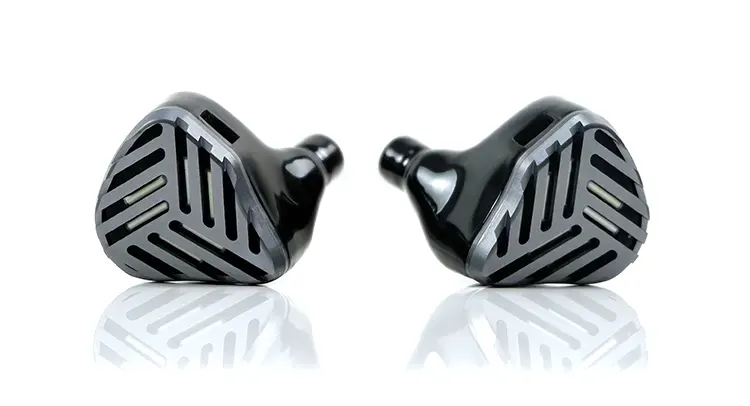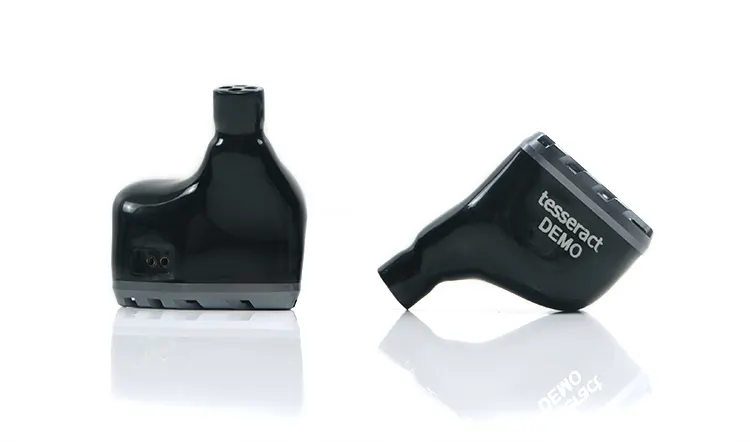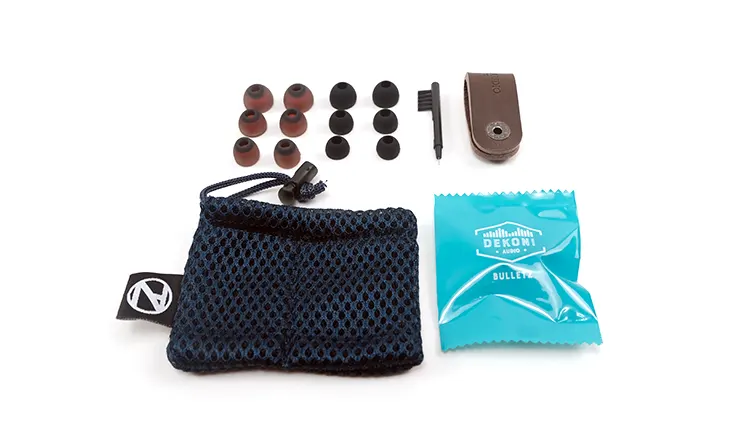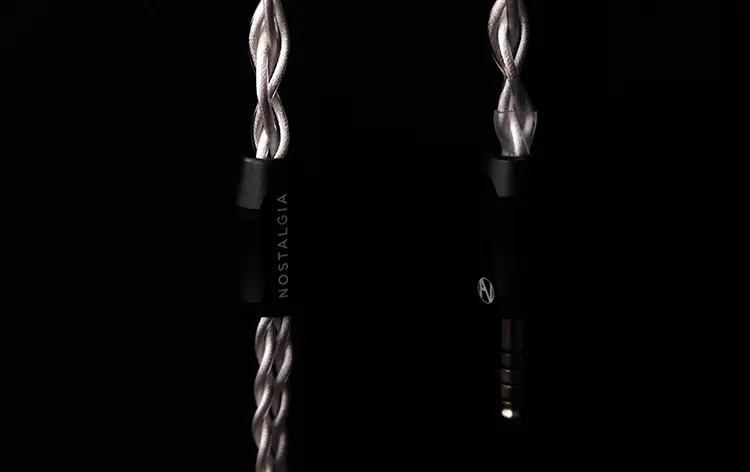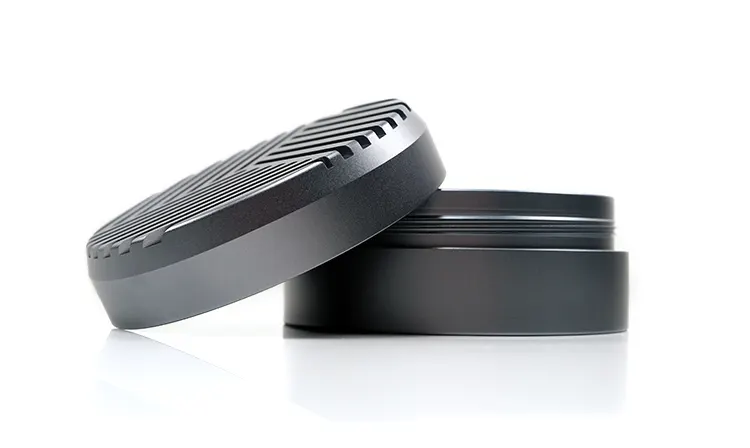Today, we review the Nostalgia Audio Tesseract, which is a flagship hybrid universal IEM featuring a 10 BA and 6 electrostatic driver combination. It is priced at $3699 SRP.
Disclaimer: This is a sample sent to us in exchange for our honest opinion. Headfonics is an independent website with no affiliate links or status. We thank the team at Nostalgia Audio for their support.
To read more about Nostalgia Audio products we have previously covered on Headfonics click here.
Note, that this article follows our current scoring guidelines which you can read up on in more detail here.
This is our 3rd IEM review from Hong Kong ‘indie brand’, Nostalgia Audio, and a first for myself.
Previously, Josh covered the Camelot and Kevin the Benbulbin and both of those guys waxed lyrical on just how good they are. So, with the offer of the new Tesseract in my inbox recently, my interest had already been piqued making it an easy yes.
The Tesseract is Nostalgia Audio’s flagship monitor by some distance with a lofty $3699 price point compared to the next tier down, the Camelot at $2599. The exclusivity is further highlighted with what seems to be a very limited edition launch with just 150 units worldwide for sale.
And just to top it all off, this is the very first IEM I have reviewed with no less than six electrostatic drivers inside each shell. Game on then!
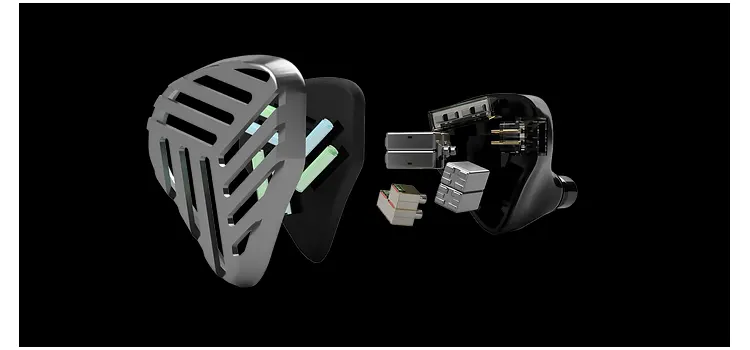
Tech Highlights
The hybrid multi-driver Tesseract is unique for being one of a few universal in-ear monitors that have 6 EST or electrostatic drivers per shell. The only other one that comes to mind is the Aroma Audio Jewel reviewed by Josh.
The hybrid configuration is completed with 10 BA drivers per side with 2 for the lows, 2 for the low-mids, 4 for the mids, and 2 for the highs using a 5-way crossover design.
Unlike the Multiverse Mentor, there is no bone conduction in the Tesseract. Instead, Nostalgia Audio uses its own technology to enhance the lows called LPL or Low-Pass Technology which is a 3D-printed 72 mm ultra-long bass duct structure.
The mids BA drivers are also enhanced via a ridged helical formation, (SFD or Spiral Flow Device), inside the nozzle. This produces a spiral soundwave flow to maximize resolution and vocal performances and prevent losses from the acoustical properties of curved tubes.
To top it all off the Tesseract uses a 3D-printed acoustic tube structure combined with Electromagnetic Shielding Coating or E.S.C. sprayed on all the drivers to reduce the potential of EMI from source devices.
Design
The Tesseract is a two-piece mix of medical grade resin for the main body shell and a unique anodized aluminum plate with a 3-way angular grid pattern and UV reactive patterning underneath.
The aesthetic reminds me a little of the Vision Ears EXT concept but is machined in a much more aggressive fashion. Gives it more of a racy flamboyant twist compared to the cyber-styling of the VE alternative.
The shell itself is a quasi-custom curved black shell with a relatively deep form factor with a 4-bore-lipped nozzle finish. It’s about average size for a high driver count shell, bigger than a VE Phonix but with a main body size similar to the Legend EVO. Just that long spout finish gives it a more elongated appearance.
The Tesseract shell is topped off with a 0.78mm 2-pin connector system sitting flush into the main shell and there are no venting ports given there is no dynamic driver inside.
This unit also has ‘demo’ in white printed on the side but given these are limited edition units I presume yours will have your numbered unit there instead.
Comfort & Isolation
Because of the long spout much of the isolation performance from the Tesseract will come from the type of tips you use and how close you can get the spout to the second bend.
From my fitting experience to date, the tip and positioning are related so, the closer you can get in terms of penetration the better the seal and the more dynamic the performance. And they do isolate to a very high level indeed, similar to the Noble Audio Ronin.
There is not a huge amount of main body shell to Concha basin contact but that’s ok since the deep spout penetration means the isolation is happening deeper in the ear canal. They will protrude from your ears a bit more as a result though.
Tips
The Tesseract comes with 3 different types of tips including single-flange black silicone, Symbios hybrid alternatives, and a set of Dekoni’s ‘Bulletz’ foam tips. The two silicone sets come in small, medium, and large sizing whereas you just get one Dekoni pair which looks to be a medium size.
Because of the depth and width of the Tesseract nozzle, you might find yourself going down a size or two to get the exact fit and seal just right, especially with Symbios tips which are relatively firmer than the other two varieties.
I tried the large Symbios initially they are my go-to but I felt the pressure a bit much and also the nozzle was maybe a shade shallow in penetration. I got a hefty tone from the Tesseract but not as immersive as the equivalent medium Symbios tips.
The single flange black silicone regular tips seal just as well as the Symbios for me personally. They are also supple meaning the large tips work just fine. I do find them more comfortable though they take a shade off the weight in the performance compared to the Symbios but in return a slightly more spacious sound.
The Dekoni tips I never felt penetrated quite as well as the silicone tips and lack a bit of grip for my ears. The passive isolation also felt a bit lower. You get a warmer more laidback sound from these tips.
As a point of comparison, I tried some Final E medium tips and they sunk the spout a bit deeper and fleshed out the sub-bass with a very immersive sound. I would likely use these or the stock black silicone tips for their stronger performances.
Stock Cable
The Tesseract comes with a custom-designed 4-wire 22AWG high-purity silver cable wrapped in a very supple translucent SoftFlex PVC jacket so you get a nice contrast of silver with all the finishing done in black including the barrels and splitter.
The cable is terminated with a rhodium-plated 4.4mm plug as standard with 0.78mm 2-pin connectors on the other end. All the branded black aluminum barrels have a slightly angular finish to them that grips well in the hand.
The splitter also comes with a nice matching low-profile chin cinch that moves up and down with ease and stays in position also once adjusted.
The handling is really good on this cable. Unless you tap the cable above the splitter you will hear very little in the way of microphonics and unfolded there is no memory retention either. It has a nice balanced feel, not too much weight, and not too light either.
The comfort on the ear is good also with enough extension from the Tesseract connectors to prevent pressing on the ear and a soft silicone curved memory coating to keep them in place. Nostalgia Audio has also supplied a really good quality leather organizer strap as stock to keep the cable in check when rolled up.
Packaging & Accessories
The Tesseract packaging is an absolute treat using the same elevating large and slimline box mechanics as the VE Elysium. More than that there is a nice story behind the outer graphics that give it a bit of character.
It’s probably one of the most premium IEM packaging ensembles I have seen in a couple of years, save for the EA King Arthur but that came with a ton of weight from the aluminum casing.
The outer depiction is a reinterpretation of various districts in Hong Kong with a strong canton pop theme mixed in with layers of synthwave and cyberpunk 80’s style anime. The painting is produced by Elaine Chiu who is a well-known Hong Kong artist so I presume this is a commissioned piece of work and very nicely done it is.
Inside, as you open up the flaps, the center display elevates or lifts up automatically with a nice clean presentation of the Tesseract drivers, carry case, and the stock cable alongside a small, branded metal warranty card.
Accessories include the aforementioned tip selection, a smart leather IEM organizer strap, a cleaning brush, and a blue-tined mesh pouch for the drivers for some protection on the go.
If I had not seen the Elysium version I would have been waxing lyrical but I guess the element of surprise is gone this time. Still, this is Artesian to the extreme and shows a lot of creative thought in the finishing.
Carry Case
The Tesseract carry case itself beautifully mirrors the grilled theme of the faceplate and is made of the same anodized aluminum so they match quite nicely. It is a beefy puck-style case with plenty of space for cable and drivers. In fact, you could add several drivers and cables in there easily enough.
I would not classify this as a hugely portable, more transportable ‘in your bag’ kind of thing. I wonder if an additional small leather pouch similar to Noble Audio’s offerings with the Sultan and Ragnar would have been a nice addition for those who want something more pocketable.
Click on page 2 below for sound impressions and our recommended pairings.

